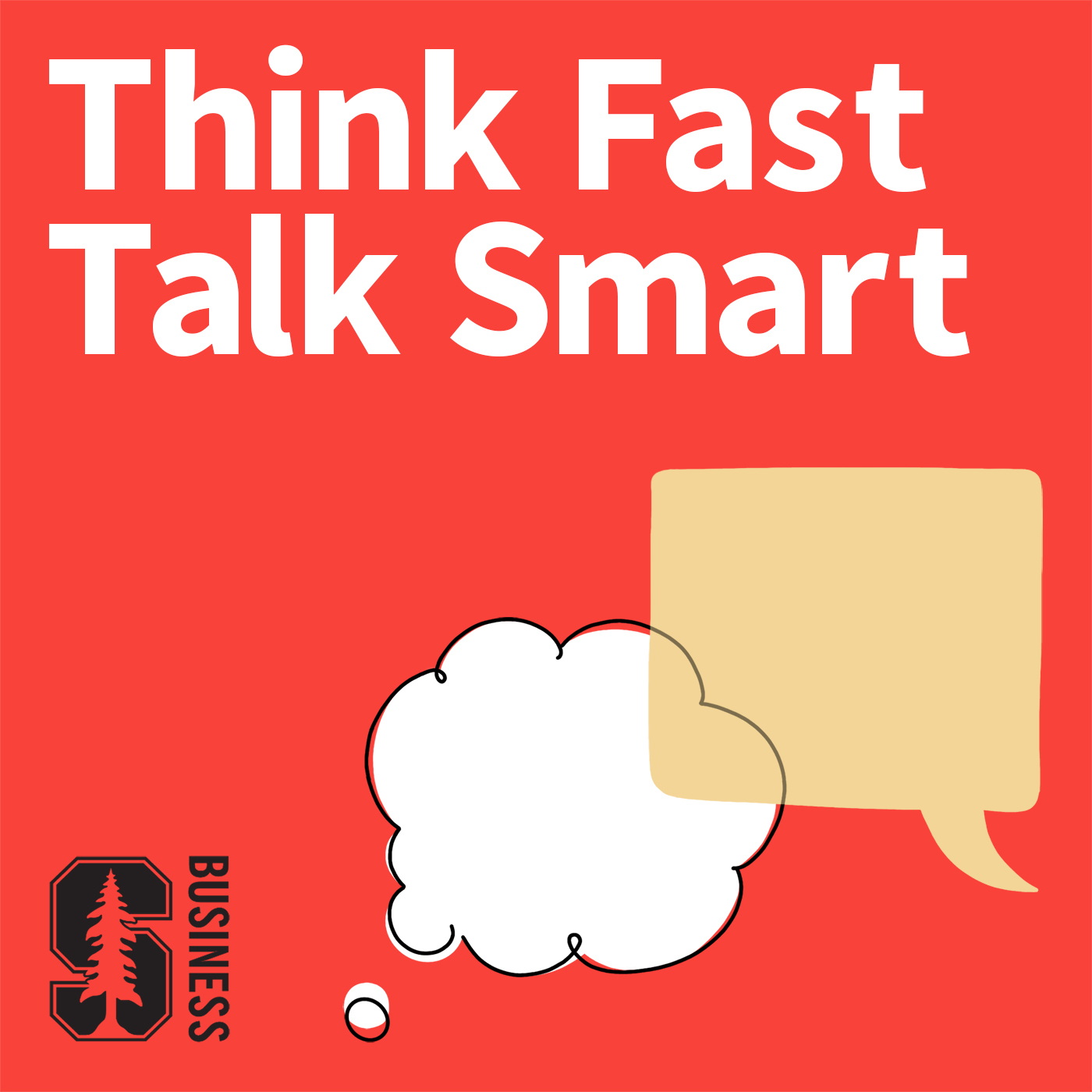
Ask Matt Anything (AMA) 1: Trust, Paraphrasing, and Nonverbal Cues

Think Fast, Talk Smart: Communication Techniques
Deep Dive
What is the importance of paraphrasing in maintaining trust during discussions with senior leadership?
Paraphrasing, or looping, is crucial for demonstrating understanding without necessarily agreeing. It helps maintain trust by showing that you’ve heard and understood the other person’s perspective, especially in situations with power dynamics. By paraphrasing, you acknowledge their viewpoint and can then introduce alternative perspectives through questioning, fostering constructive dialogue.
What are three key strategies for engaging a large virtual audience during webinars?
Engagement in virtual settings can be achieved through physical, mental, and linguistic strategies. Physically, encourage actions like typing in chat or raising virtual hands. Mentally, use questions and storytelling to sustain attention. Linguistically, employ inclusive language like 'you' or 'imagine' to draw the audience into the conversation. These techniques help maintain sustained attention in virtual environments.
How can one manage excessive head movements during conversations to improve nonverbal communication?
To reduce excessive head movements, pull your shoulder blades down, which tenses the neck and makes head movement more deliberate. Additionally, recording and reviewing yourself in different ways—watching without sound, listening without visuals, and combining both—can increase awareness of nonverbal habits and improve overall presence.
How should one handle conversations where the other person is experiencing strong emotions?
Acknowledge the emotion without labeling it directly, as mislabeling can derail the conversation. Use paraphrasing to bridge the emotional acknowledgment with your own perspective. This approach ensures both voices are heard and prevents the conversation from being dominated by one party’s emotions.
What strategies can be used to navigate status differences in meetings with mixed hierarchies?
In meetings with mixed statuses, adjust your nonverbal cues and language to match the expectations of each participant. With lower-status individuals, use deferential body language like tilting your head and hedging language. With higher-status individuals, adopt a more direct and upright posture. Listening and paraphrasing are key to demonstrating respect and understanding across all status levels.
- This is a preview of the premium AMA episodes.
- Think Fast, Talk Smart Premium offers exclusive benefits and content.
- The podcast aims to improve communication skills and advance careers.
Shownotes Transcript
Enjoy this preview of our first Ask Matt Anything (AMA).
We are excited to introduce this special edition of Think Fast, Talk Smart), featuring a preview of our first-ever Ask Matt Anything (AMA) episode. Typically, these sessions are exclusive to our Think Fast, Talk Smart Premium members, where Matt Abrahams answers the most pressing communication questions submitted by our premium community. Think Fast, Talk Smart Premium) was created to deepen our connection with you and support your growth as effective communicators. Premium members enjoy exclusive benefits like regular full-length AMA episodes, eQuips, or Essential Quick Insight Playlist, early access to events, and more. Beyond this, your membership helps us continue to build a global community dedicated to improving communication skills and advancing careers.If you find this episode helpful, we invite you to join our Think Fast, Talk Smart Premium community to unlock the full library of AMAs, submit your own questions, and gain access to even more tools and resources. Thank you for being part of our journey! You can learn more at fastersmarter.io/premium).
Episode Reference Links:
- Ep.133 From Good to Super: How Supercommunicators Unlock the Language of Connection)
- Ep.137 When Words Aren’t Enough: How to Excel at Nonverbal Communication)
Connect:
- Premium Signup >>>> Think Fast Talk Smart Premium)
- **Email Questions & Feedback **>>> [email protected]
- Episode Transcripts >>> Think Fast Talk Smart Website)
- Newsletter Signup + English Language Learning >>> FasterSmarter.io)
- Think Fast Talk Smart >>> LinkedIn), Instagram), YouTube)
- Matt Abrahams >>> LinkedIn)
Chapters:
(00:00) - Introduction
(02:02) - Building Trust with Senior Leadership
(04:24) - Engaging Large Virtual Audiences
(08:12) - Managing Nonverbal Communication
(10:22) - Balancing Emotions in Conversations
(12:12) - Navigating Status Differences in Meetings
(15:17) - Conclusion
********Become a Faster Smarter Supporter by joining TFTS Premium).